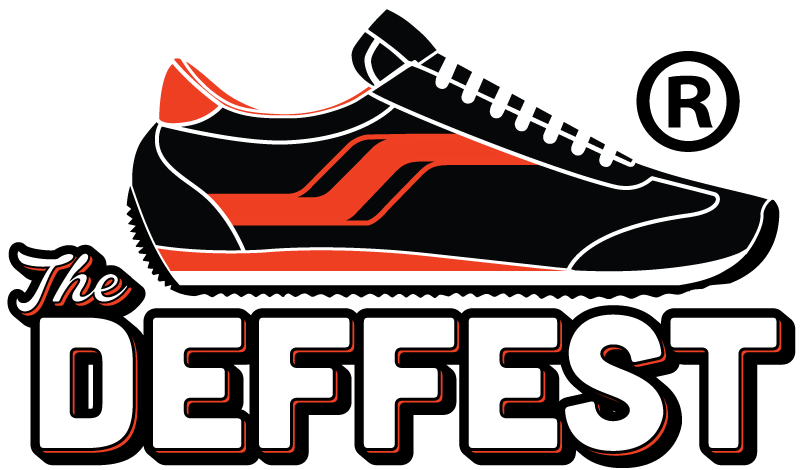For those who are interested in sneaker design and construction I came across this diagram today which covers the basic design elements...as they were in 1978. I've included the text below and put the list back into order.
ANATOMY OF THE RUNNING SHOE
Heel Counter (A): The inflexible material surrounding the heel area which adds stability to the heel and reduces the pronatory forces entering the heel area during heel contact.
Pull Tab (B): Small tab on heel area which allows the shoe to be pulled on the foot.
Outer Sole (C): The portion of the shoe that makes contact with the ground. It provides protection from the running surface and improves traction. Most common types are the waffle,
ripple, and transverse ridge.
Upper (D): The material covering the upper part of the shoe. Nylon is the preferred material.
Toe Cap (E): The larger foxing that radiates into the toe area, originally designed to prevent scuffing, lifting the upper material away from the top of the foot.
Midsole (F): The portion of the shoe between the outer and inner soles. Its purpose is to provide added cushioning.
Last: The basic mold around which a shoe is fashioned. In most cases it is hand-carved wood, but later-model shoes are constructed around a plastic mold.
Sale: The bottom of the shoe and can be made of different materials of various thicknesses and layers.
Insole: The inner portion of the sole that makes contact with the foot. Materials used in its construction can be either leather. rubber, or preferably, Spenco.
Foxing: The material portion of the shoe giving medial and lateral support to the sides of the shoes.
Shank Support: The small arch pad of very little use. In walking shoes it is a metal piece which runs through the middle of the shoe.
Spike Plate: A plate material placed under the ball of the foot providing a base for the spikes, when applicable.
